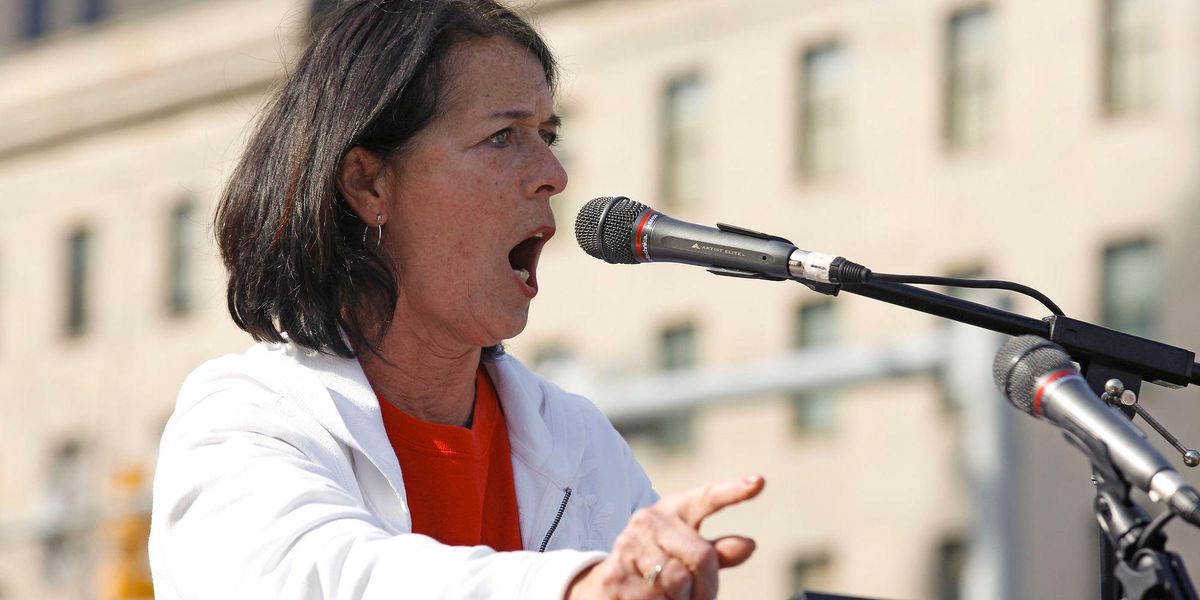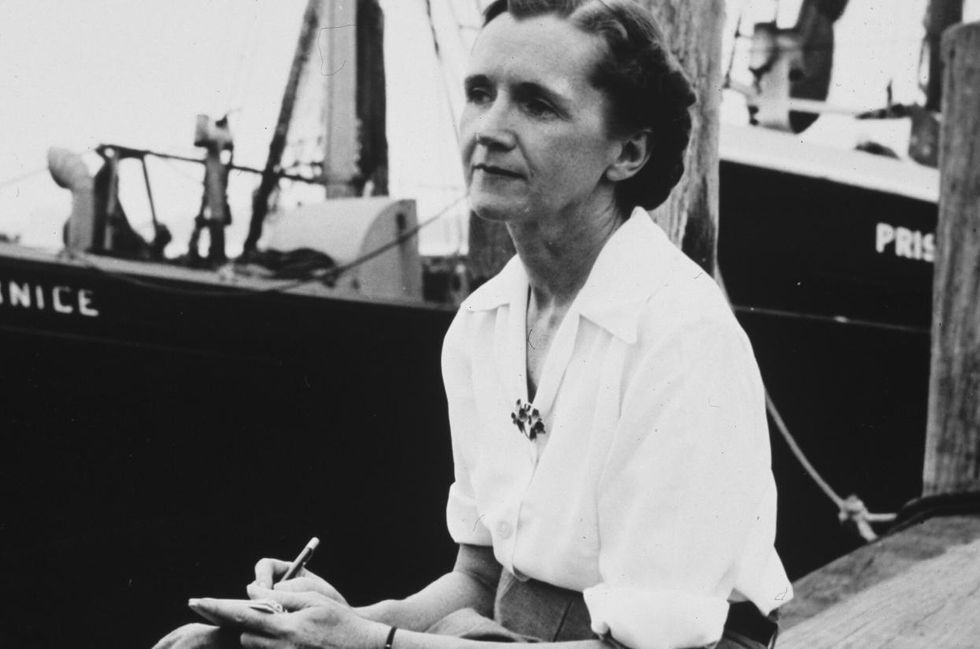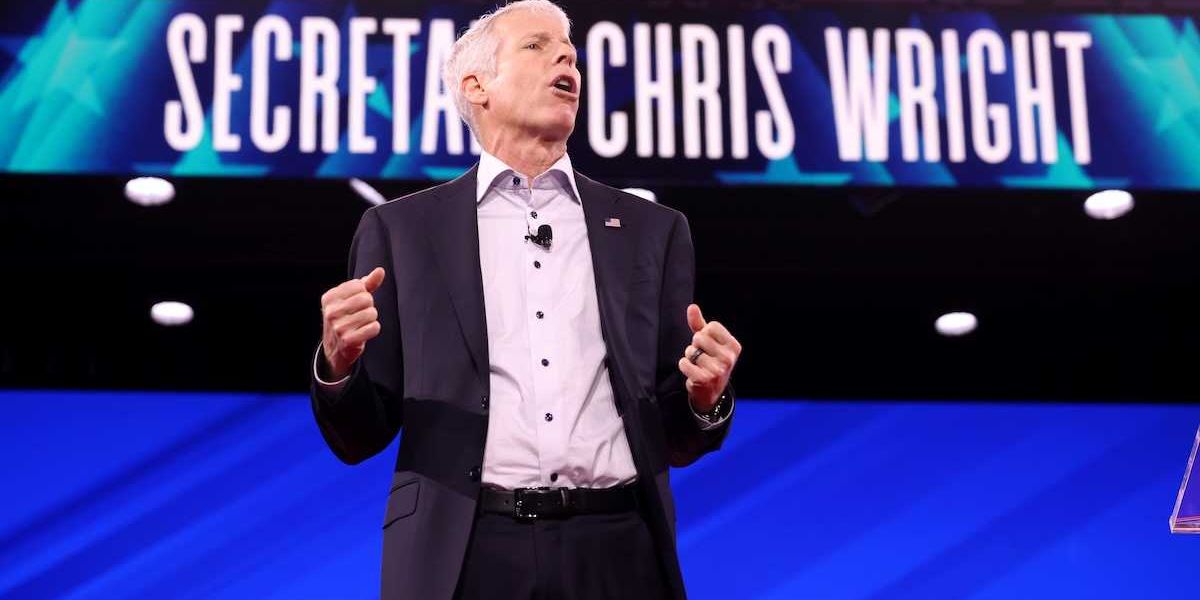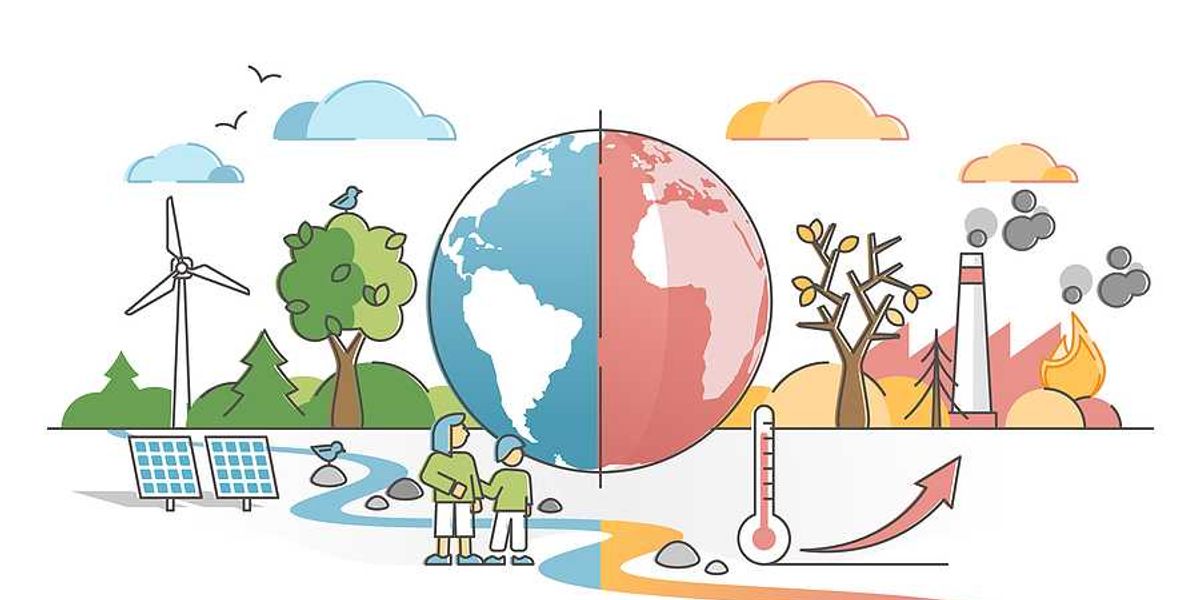
Peter Dykstra: Environmental movies screaming to be made
Some environmental heroes—and a few villains—ready for the big screen.
Last year, I wrote about a few of the many, truly bad environmentally themed movies that have been dumped, flushed, and sprayed on an all-too-willing public.
But there are inspiring ones just sitting there, waiting to be made. Here are some of the environmental movement’s heroes—and a few of its villains—ready for the big screen (or the little Netflix, if you prefer).
Lois Gibbs
With all due respect to the formidable Erin Brockovich, the Niagara Falls housewife set the standard for small-town hellraising. If Uma Thurman could sustain the rage that carried her through the Kill Bill movies, and if she’d agree to a dark-haired dye job, she gets the part of Lois Gibbs—who is still organizing in toxic-tainted towns nationwide.
Rachel Carson

Rachel Carson
How about a quiet heroine that saved more species than the entire Marvel Comics crew could save in a dozen sequels? Rachel Carson, the bookish government scientist/writer, came to prominence for her books on the wonders of the sea.
When she turned her focus to the avian holocaust brought on by the pesticide DDT, her book Silent Spring brought her fame and unleashed a smear campaign against her. Were she a few years younger, I’d cast Sally Field as the gallant Ms.Carson in a heartbeat.
Any actress who can play a Flying Nun, Forrest Gump, and Abe Lincoln’s wife is up to the role.
Ken Saro-Wiwa
Saro-Wiwa was a Nigerian activist who gave his life for his cause. The Ogoni people in the Niger River Delta had long complained of pollution from oil and gas operations, and of violent repression when they complained. Saro-Wiwa and eight others were arrested and charged in the deaths of four Ogoni chieftains.
Although the arrests were widely viewed as a frame job, and despite international protest, all nine were hanged in 1995.
David Oyelowo, whose 2014 breakthrough performance as Dr. Martin Luther King, Jr. in Selma, would be perfect as Saro-Wiwa.
Jacques Cousteau
He made dozens of TV documentaries, changing the way we view life beneath the sea. But the closest Hollywood has ever come to telling Cousteau’s life story is a weak parody, The Life Aquatic with Steve Zissou, with Bill Murray in the title role.
If it’s parody we need, let’s try coal baron Bob Murray (no relation).
Bob Murray
Bob Murray started as a miner at age 16, working his way to the surface to own Murray Energy, one of the largest privately held coal companies in the U.S. Gruff, barrel-chested, and outspoken, Murray was Big Coal’s biggest defender, and one of climate science’s most prominent deniers.
Bob Murray was fond of nuisance lawsuits against activists, journalists, and all those he deemed to be enemies of coal. He never won. He had broken onto the national scene in 2007 when a collapse at a Murray mine in Utah killed six miners and three would-be rescuers. Murray stuck to his story that an earthquake caused the cave-in, but seismologists could find no evidence of a quake.
Ultimately, Murray’s unsafe mining practices were found to have caused the disaster. Slap a fat suit and a shaved head on Jack Nicholson and Bob Murray comes back to life.
Koch Brothers
Heirs to their father’s oil fortune, Charles and David Koch built an anti-regulatory political machine that helped lead and bankroll the anti-environmental backlash of the past 20 years. Isn’t that enough achievement to rate a Hollywood pic?
But like Cousteau, the Koch Brothers have only gotten the parody treatment. Dan Aykroyd and John Lithgow played the eerily similar Motch Brothers in The Campaign, a 2012 sendup of a Congressional race steered by outside money. I can see Ben Affleck and Matt Damon, progressively pickled by aging makeup, in this biopic.
Okay, so maybe my Hollywood casting skills aren’t good enough for me to give up my day job.
But I’d lay down theater money to see any of these.
Peter Dykstra is our weekend editor and columnist and can be reached at pdykstra@ehn.org or @pdykstra.
His views do not necessarily represent those of Environmental Health News, The Daily Climate, or publisher Environmental Health Sciences.
Banner photo: Lois Gibbs, Director of the Center for Health, Environment & Justice. (Credit: chesapeakeclimate/flickr)













